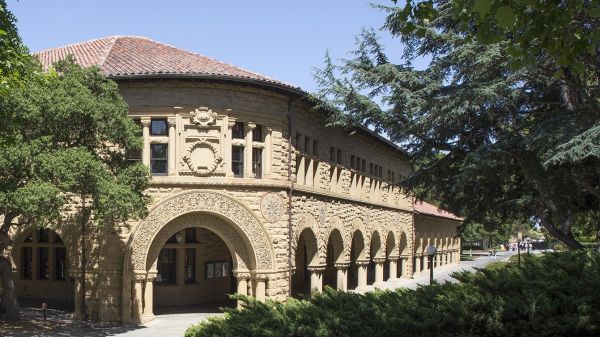Climate Change Education

In order to understand this, this curriculum leads students through a progression of understanding. It begins with students thinking about climate and weather, and the local impact of sea-level rise due to climate change in the first lesson. This is to hook the students to the unit, getting them to think about their own connection to climate change. In order to understand how excess carbon dioxide is rapidly changing the climate, students first learn about the Earth’s energy budget and then focus on greenhouse gases. Carbon dioxide and its ability to absorb and re-radiate heat is key in understanding climate change. Students look at sources and sinks of carbon dioxide, allowing them to understand that climate change is almost certainly caused mostly by humans. The changes in the climate are already causing significant harm to both physical and biological systems. Students examine ice core data as well as other physical datasets to understand the implications of climate change on the physical world. Similarly, students look at datasets of biological systems and think about the adaptations that humans need to make to adjust to the changing climate. Student may still have doubts about the reality of climate change and the process of scientific consensus that makes us know that climate change is unequivocal and that there is overwhelming evidence that human activities are the main cause. A lesson provides an opportunity for students to step back from the data and think about the process of science and how we use language. Climate change requires global action and local solutions. The final lesson on climate change mitigation provides students an opportunity to examine and choose mitigation strategies to reduce carbon dioxide emissions.


